My Favourite Painting: Sister Teresa Keswick
The lawyer-turned-Carmelite nun chooses Bathsheba at her Bath by Rembrandt.


Sister Teresa Keswick on Bathsheba at her Bath by Rembrandt
‘This is the finest portrayal of sadness that I know. We are shown a Bathsheba who has hindsight and, therefore, knows the consequence of David’s terrible command. It is a command and not a request; she is not at liberty to refuse it.
‘But there is a second and far greater meaning to this picture and that is the affection with which Rembrandt has painted Hendrickje Stoffels. There can be few greater privileges for any woman than to be seen and then revealed by a genius who loves her, with a love that is a reflection of divine love.’
Sister Teresa Keswick has been a contemplative Carmelite nun for 37 years. A former London lawyer, she is a skilled embroiderer and has a column in The Oldie.
John McEwen on Bathsheba at her Bath
The story appears in Samuel II: 11, 2: ‘And it came to pass in an eveningtide, that David arose from off his bed, and walked upon the roof of the king’s house: and from the roof he saw a woman washing herself; and she was very beautiful to look upon.’
King David sent messengers who brought her to him and he ‘lay with her’ and she conceived a child, although she was married to the soldier Uriah the Hittite. David proceeded to get Uriah killed in battle by secretly having him ordered to the front and then married the widowed Bathsheba. The story ends: ‘But the thing that David had done displeased the Lord.’
In an earlier version, Rembrandt includes a distant view of ‘the king’s house’, but Bathsheba seems in a daydream. Here, her dilemma is movingly apparent as she ponders David’s summons in the note he has sent. That the model was Rembrandt’s mistress, Hendrickje Stoffels, with whom he had a child out of wedlock (for which she was banished from her congregation), places her in empathy with the subject — although her decision was willingly made.
An older female servant, the light catching her neck, dries Bathsheba’s feet. The light gilds the outline of her red headdress, which is barely visible against the glinting embroidery of a voluminous cloak that emerges from the surrounding darkness. The nobility of Bathsheba’s sad acceptance made this, for Kenneth Clark, the ‘greatest of painters’s greatest nude’.
Selectors for this page agree about Rembrandt’s mastery: this is the 10th of his paintings to have been chosen, placing him in top spot alongside his Spanish contemporary Velázquez (1599–1660).

My Favourite Painting: Archbishop of Canterbury
The Archbishop of Canterbury Dr Rowan Williams chooses his favourite painting for Country Life.
Exquisite houses, the beauty of Nature, and how to get the most from your life, straight to your inbox.
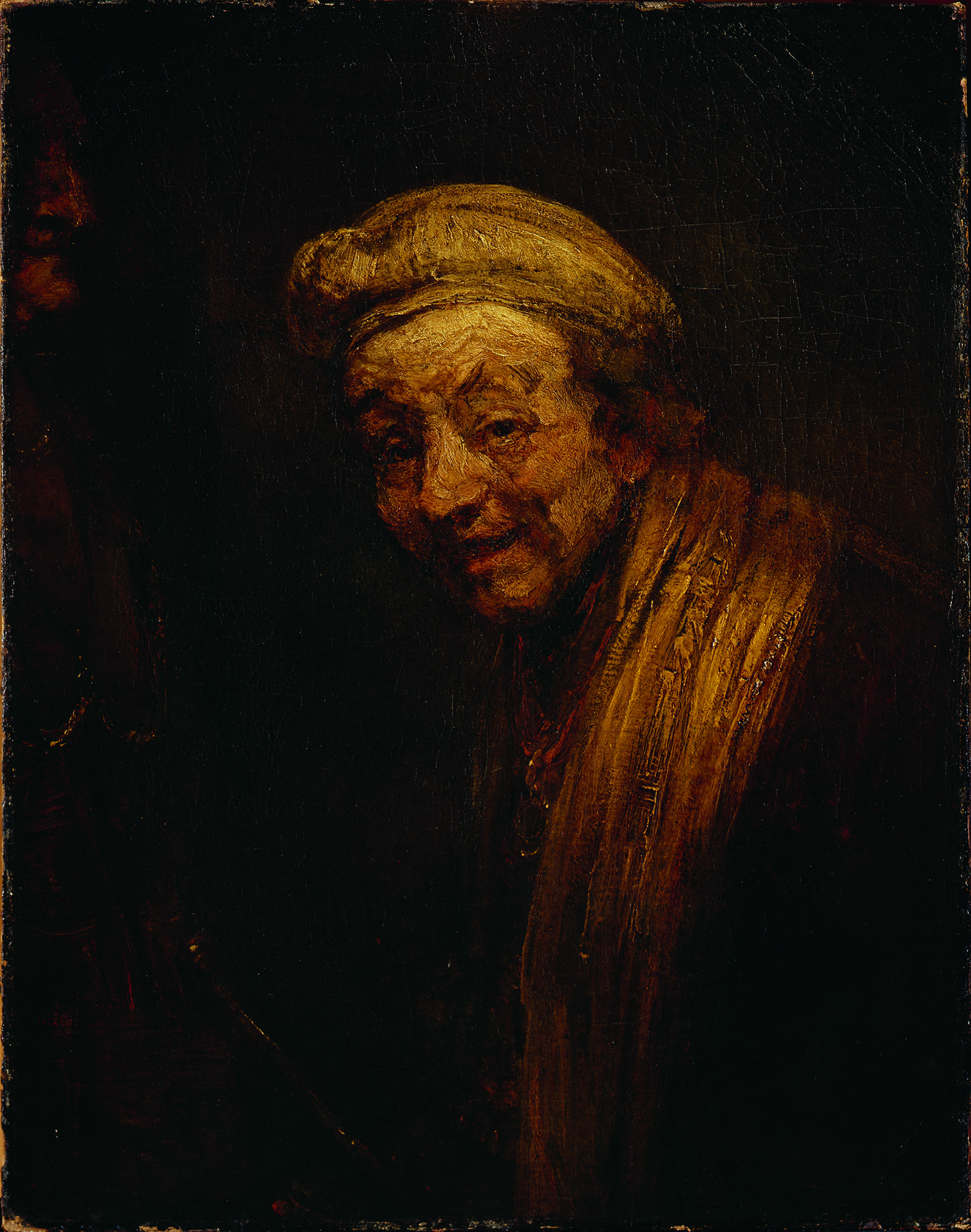
Credit: Rembrandt
My Favourite Painting: Maggi Hambling
Maggi Hambling chooses her favourite painting for Country Life.
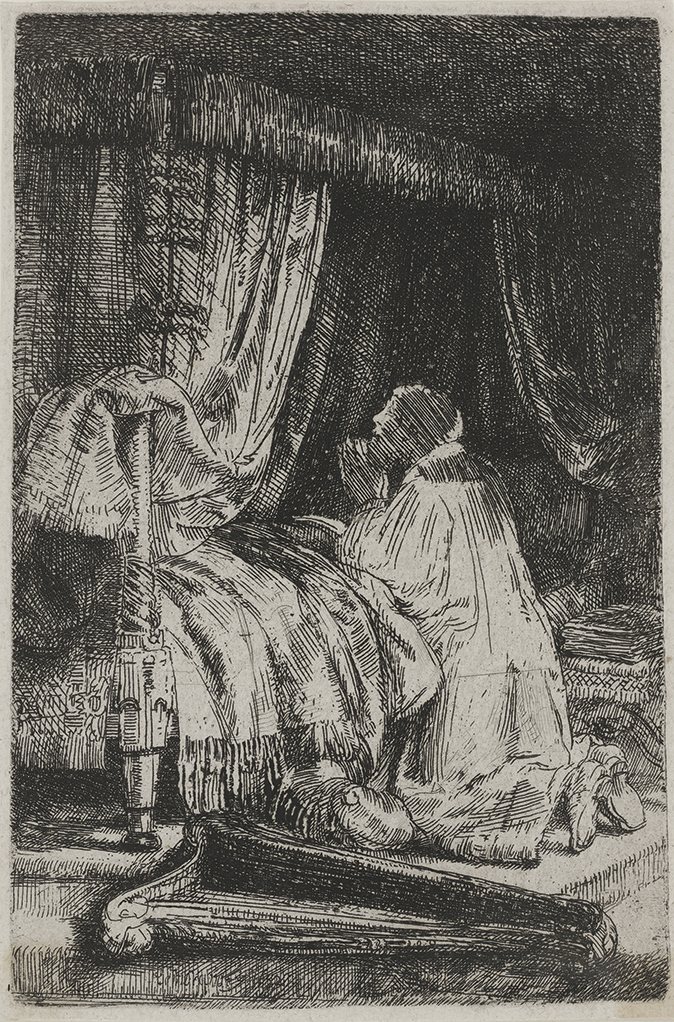
Credit: Bridgeman Images
My favourite painting: Daniel Libeskind
'I find it inspirational to look at and think about how wondrous Rembrandt was to be able to capture God,

My Favourite Painting: Nick Herbert
Lord Herbert of South Downs chooses a classic Velázquez image which paints the Son of God as 'the most beautiful
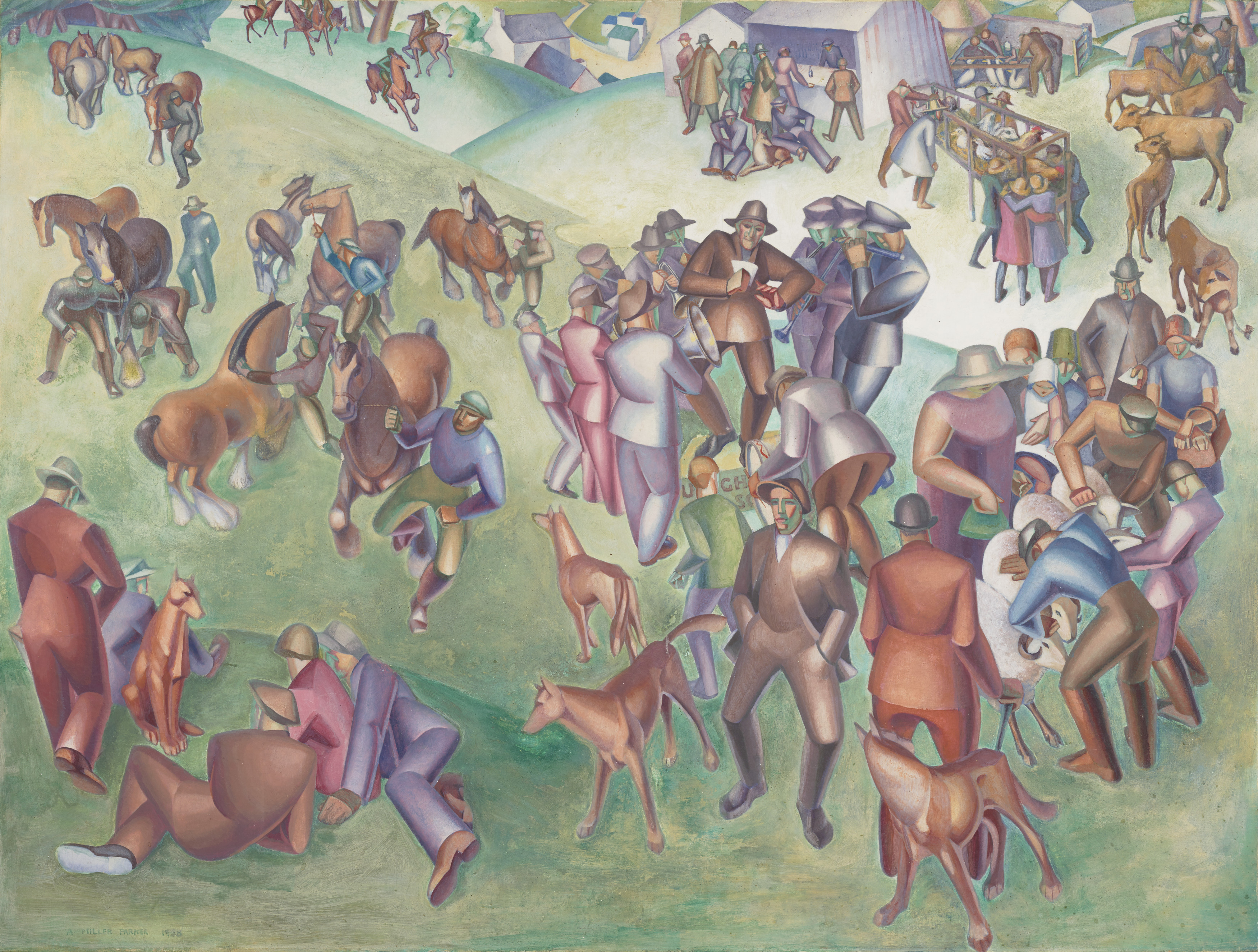
My Favourite Painting: Alice Strang
Alice Strang of the National Galleries of Scotland chooses a 1920s work by Agnes Miller Parker.

In Focus: The tiny Rembrandt which soared from £650 to almost £15 million in the space of our expert's career
Huon Mallalieu reports back from a novel Sotheby's online sale where he runs in to an old friend up for
Country Life is unlike any other magazine: the only glossy weekly on the newsstand and the only magazine that has been guest-edited by His Majesty The King not once, but twice. It is a celebration of modern rural life and all its diverse joys and pleasures — that was first published in Queen Victoria's Diamond Jubilee year. Our eclectic mixture of witty and informative content — from the most up-to-date property news and commentary and a coveted glimpse inside some of the UK's best houses and gardens, to gardening, the arts and interior design, written by experts in their field — still cannot be found in print or online, anywhere else.
-
 What on earth is the person who comes up with Annabel's otherworldly facade displays on? London's most magical Christmas shop displays
What on earth is the person who comes up with Annabel's otherworldly facade displays on? London's most magical Christmas shop displaysPhotographs by Greg Funnell.
-
 What trees taught me about perfect planting — Alan Titchmarsh
What trees taught me about perfect planting — Alan TitchmarshSense and patience is key to growing healthy trees, as a certain Mr Mackenzie showed a young Alan Titchmarsh
-
 'As a child I wanted to snuggle up with the dogs and be part of it': Alexia Robinson chooses her favourite painting
'As a child I wanted to snuggle up with the dogs and be part of it': Alexia Robinson chooses her favourite paintingAlexia Robinson, founder of Love British Food, chooses an Edwin Landseer classic.
-
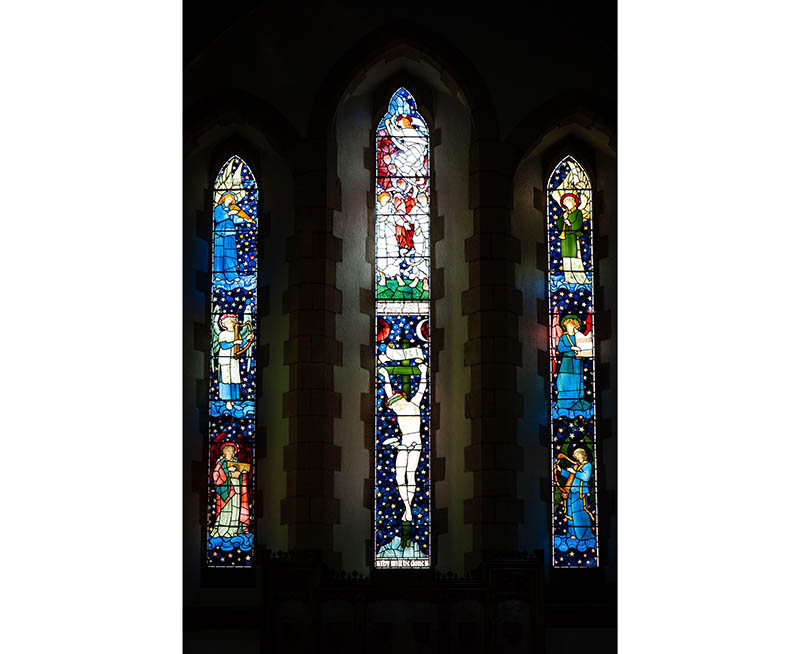 The Pre-Raphaelite painter who swapped 'willowy, nubile women' for stained glass — and created some of the best examples in Britain
The Pre-Raphaelite painter who swapped 'willowy, nubile women' for stained glass — and created some of the best examples in BritainThe painter Edward Burne-Jones turned from paint to glass for much of his career. James Hughes, director of the Victorian Society, chooses a glass masterpiece by Burne-Jones as his favourite 'painting'.
-
 'I can’t look away. I’m captivated': The painter who takes years over each portrait, with the only guarantee being that it won't look like the subject
'I can’t look away. I’m captivated': The painter who takes years over each portrait, with the only guarantee being that it won't look like the subjectFor Country Life's My Favourite Painting slot, the writer Emily Howes chooses a work by a daring and challenging artist: Frank Auerbach.
-
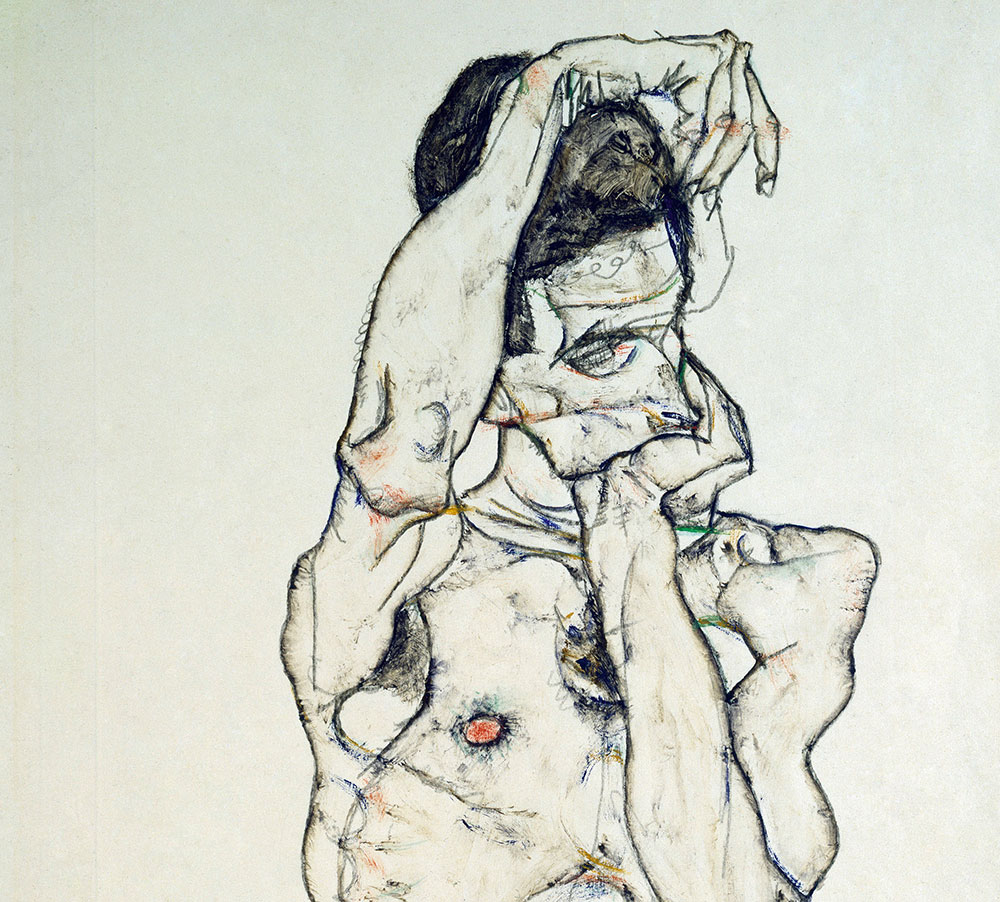 My Favourite Painting: Rob Houchen
My Favourite Painting: Rob HouchenThe actor Rob Houchen chooses a bold and challenging Egon Schiele work.
-
 My Favourite Painting: Jeremy Clarkson
My Favourite Painting: Jeremy Clarkson'That's why this is my favourite painting. Because it invites you to imagine'
-
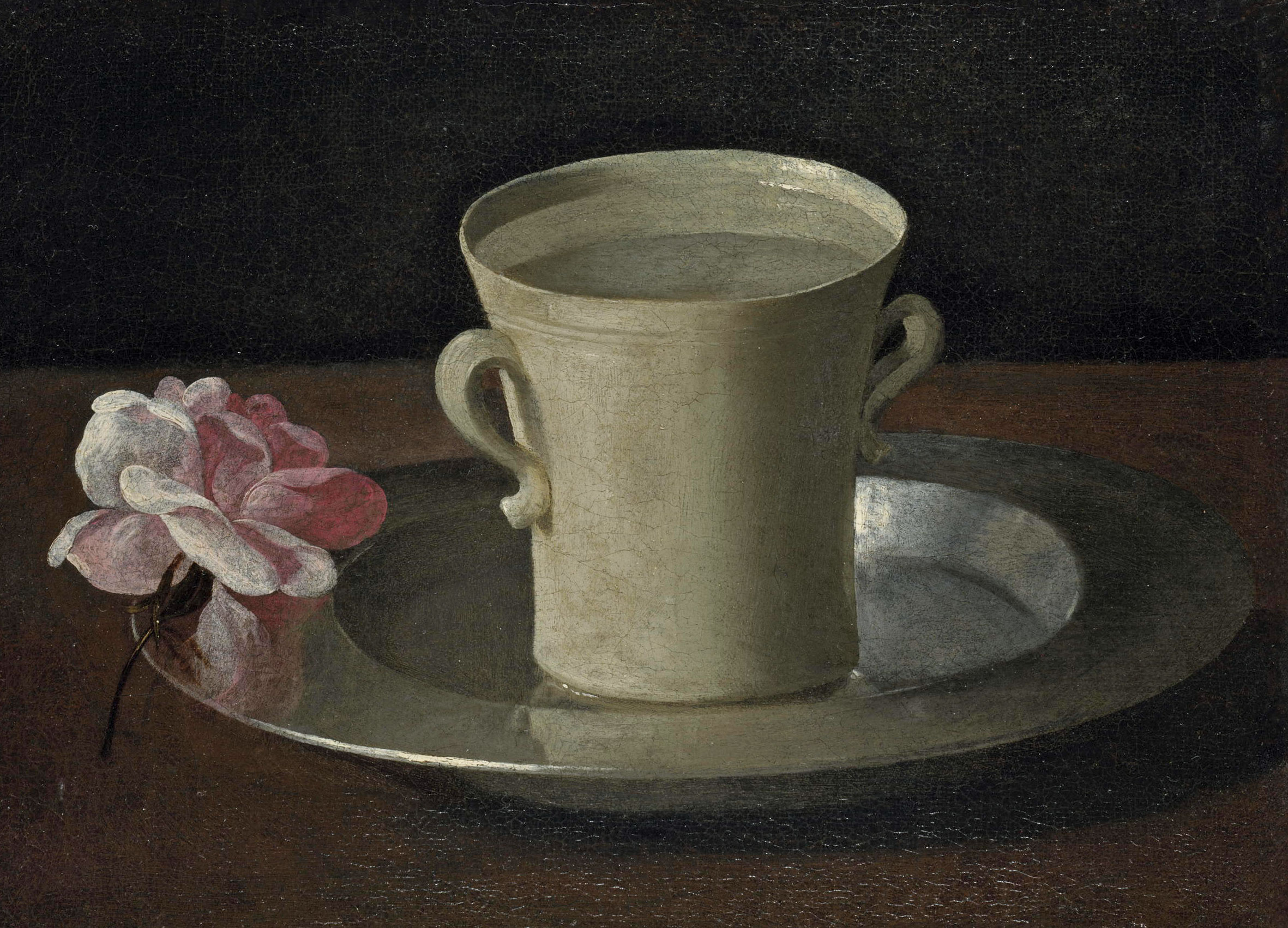 The chair of the National Gallery names his favourite from among the 2,300 masterpieces — and it will come as a bit of a shock
The chair of the National Gallery names his favourite from among the 2,300 masterpieces — and it will come as a bit of a shockAs the National Gallery turns 200, the chair of its board of trustees, John Booth, chooses his favourite painting.
-
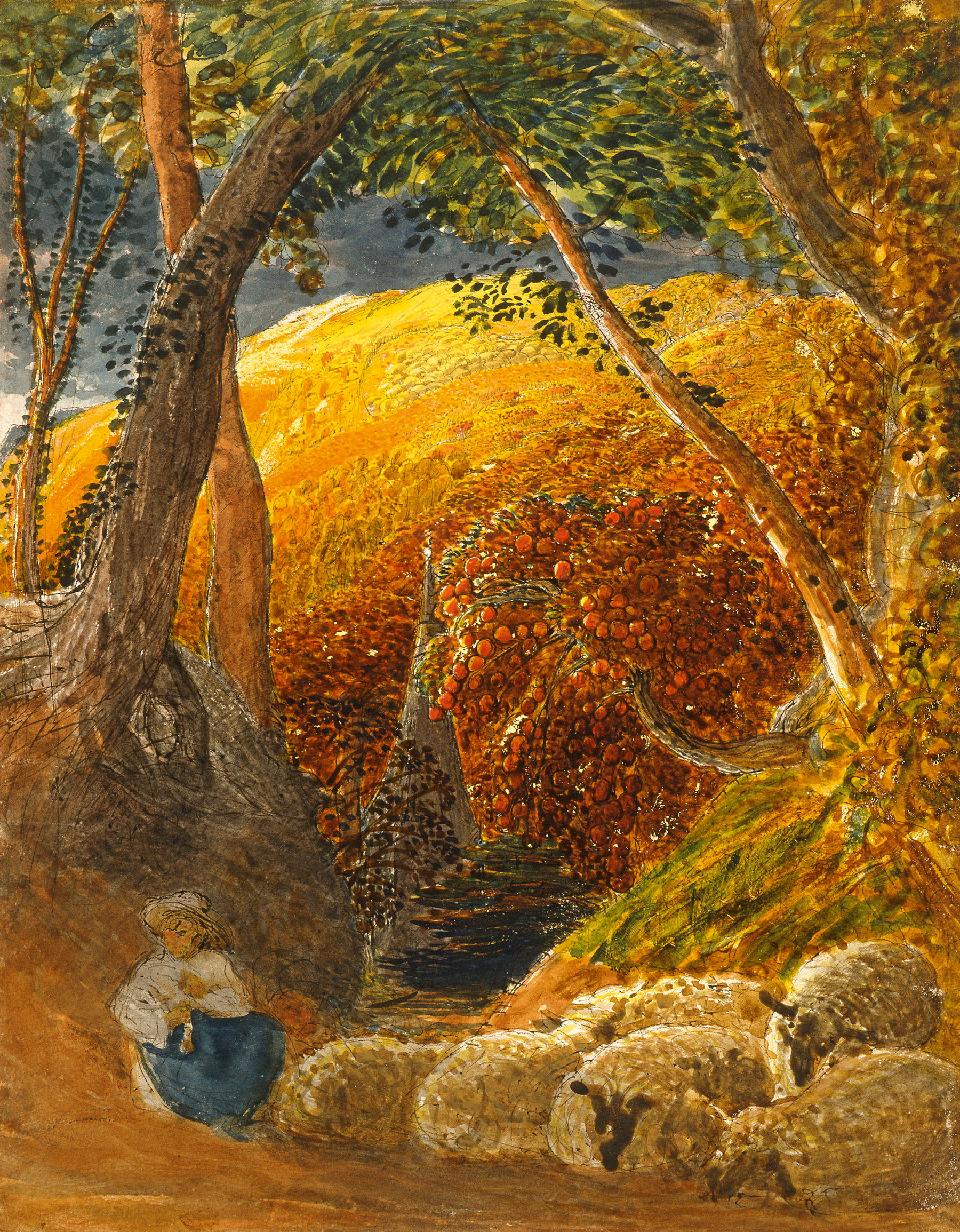 'A wonderful reminder of what the countryside could and should be': The 200-year-old watercolour of a world fast disappearing
'A wonderful reminder of what the countryside could and should be': The 200-year-old watercolour of a world fast disappearingChristopher Price of the Rare Breed Survival Trust on the bucolic beauty of The Magic Apple Tree by Samuel Palmer, which he nominates as his favourite painting.
-
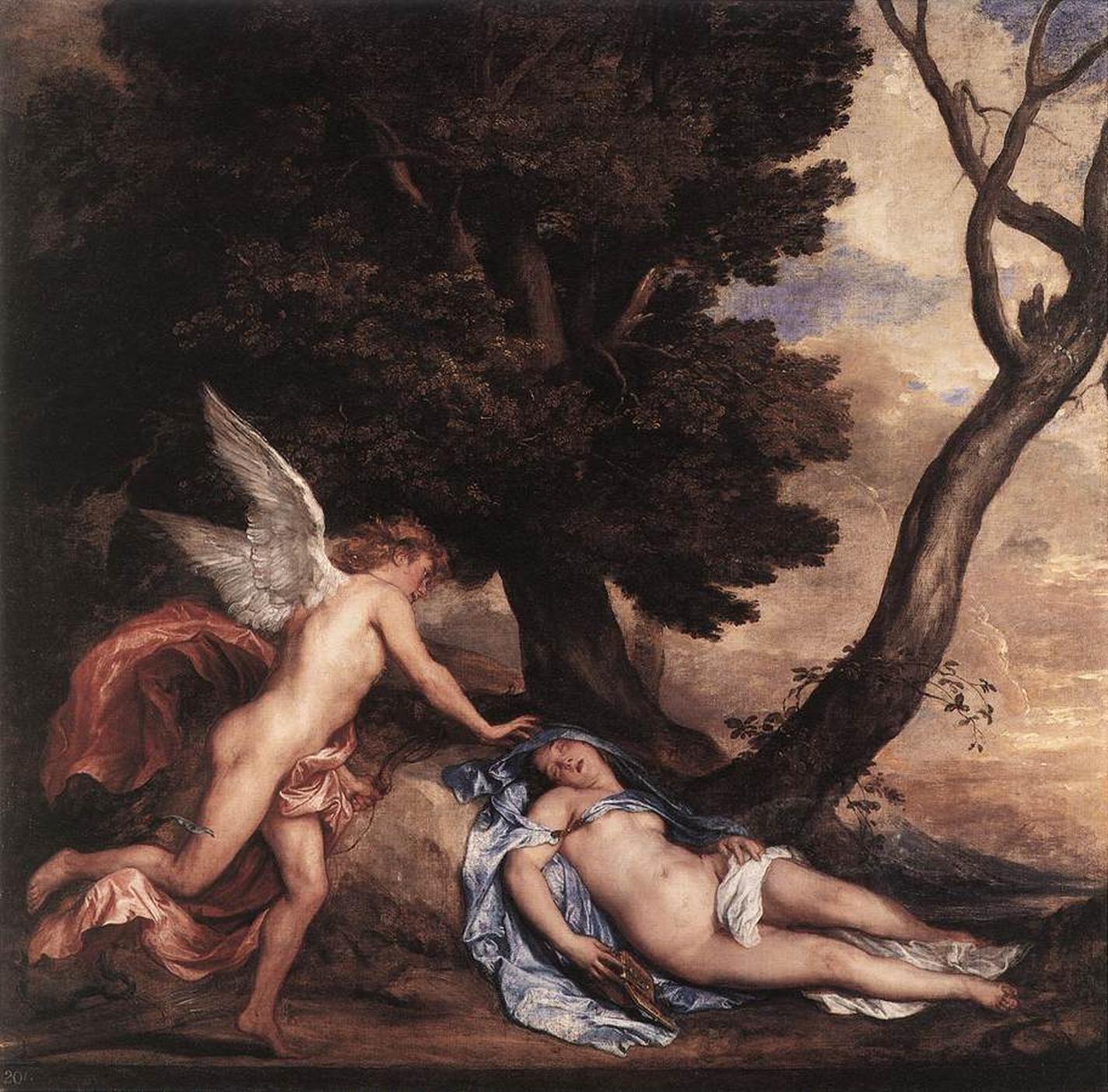 My favourite painting: Andrew Graham-Dixon
My favourite painting: Andrew Graham-Dixon'Lesson Number One: it’s the pictures that baffle and tantalise you that stay in the mind forever .'
